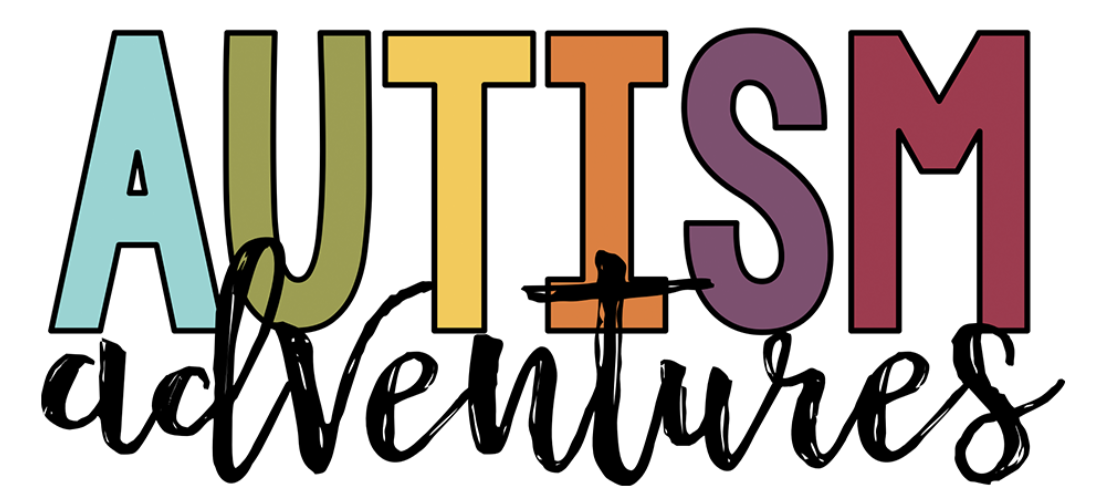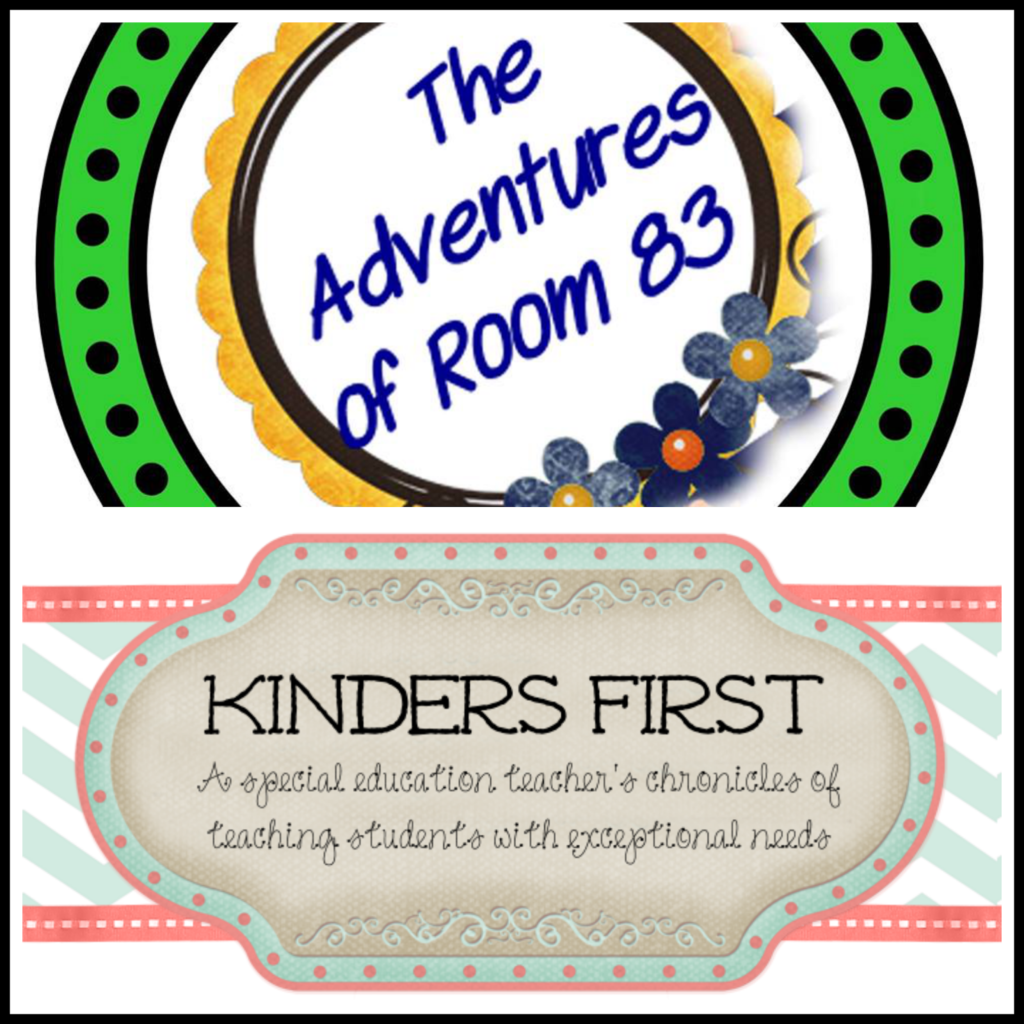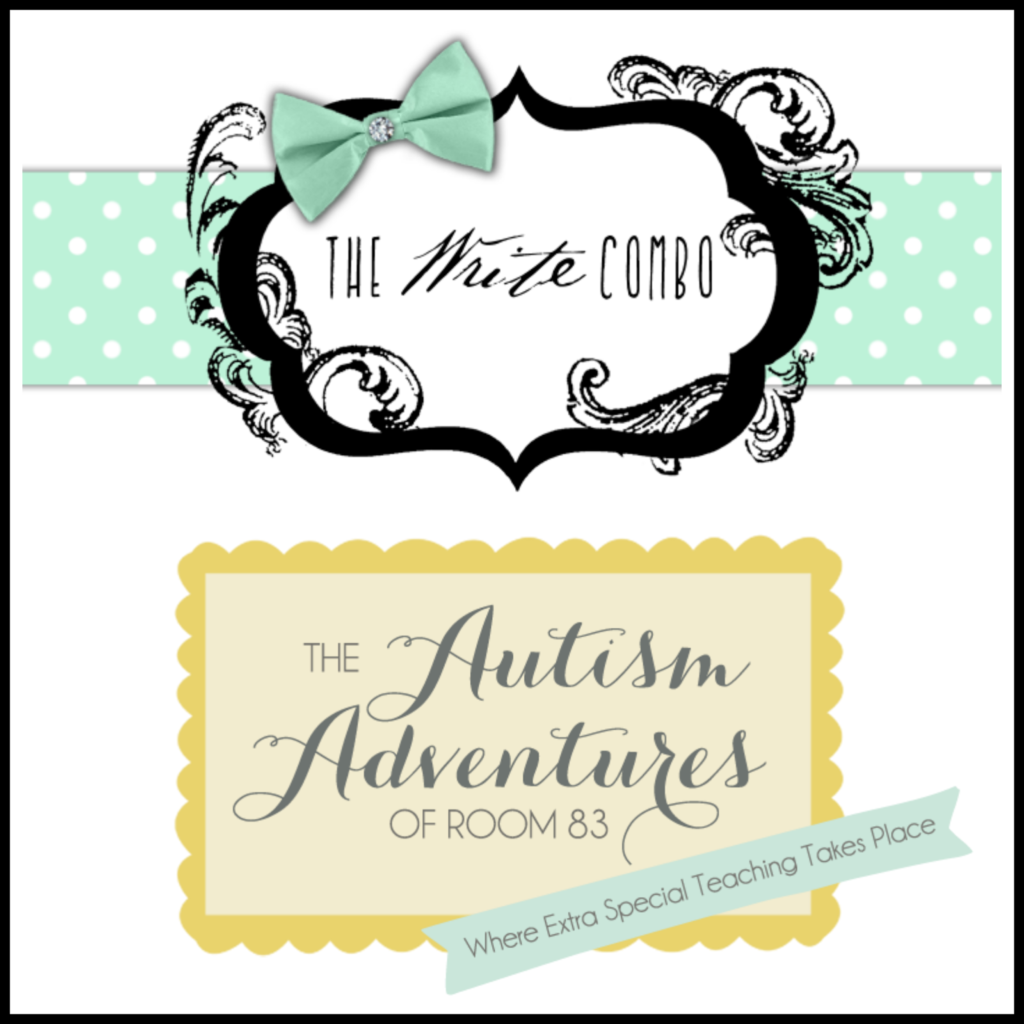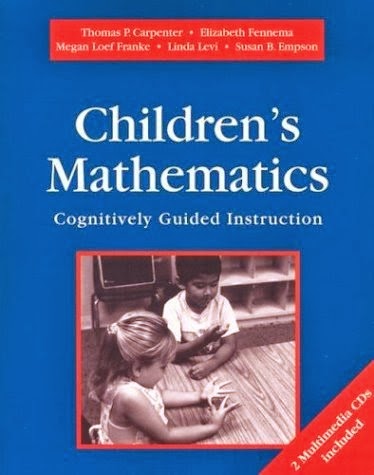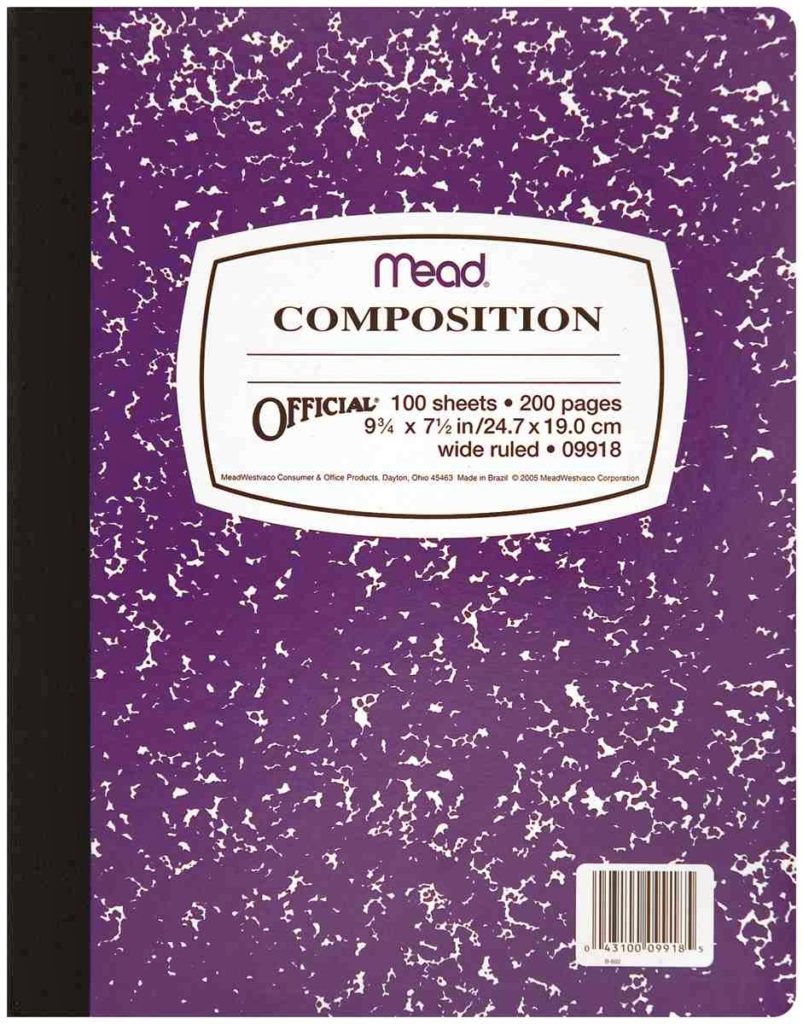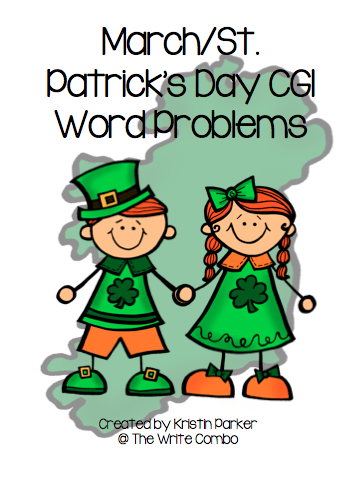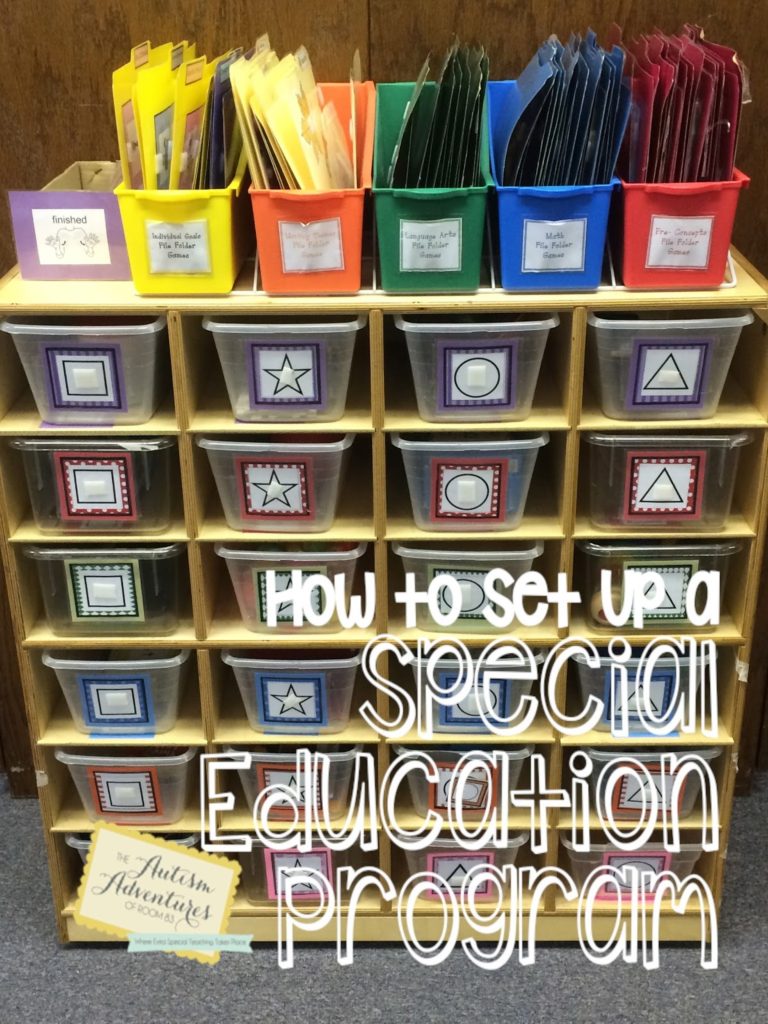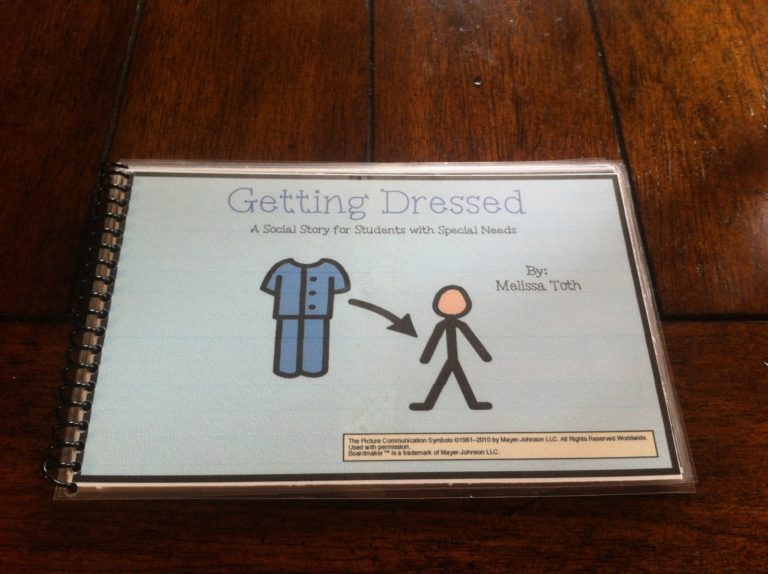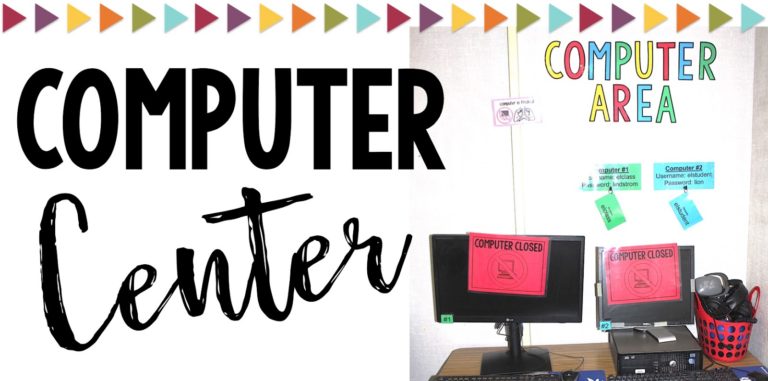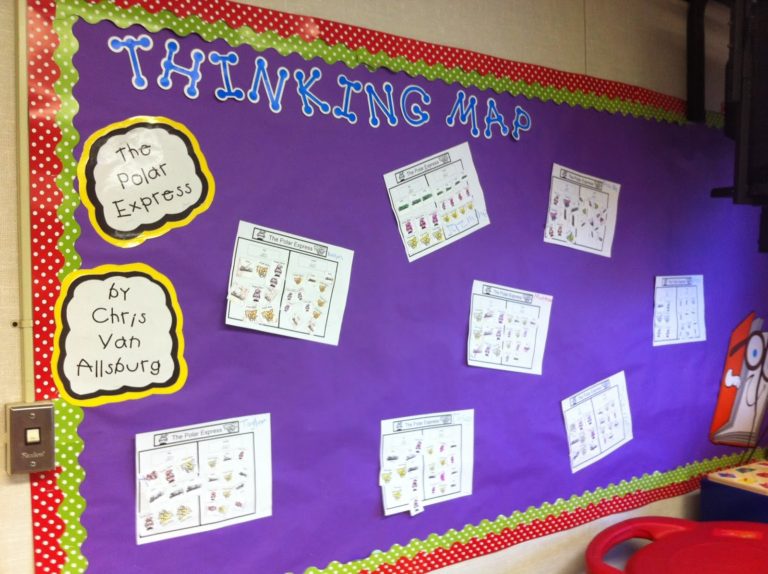Guest Blogger: CGI Math
My friend Melissa from The Autism Adventures of Room 83 invited me to write a guest blog for her website. For those of you who don’t know our story, Melissa and I first met when we began our teaching careers in the same district. We had gone to same college, had been in some of the same classes, and then were placed in BTSA together when we started teaching. We even started blogging at the same time!
Even though Melissa teaches students with more moderate-severe disabilities and I teach students on the mild-moderate end of the spectrum, I have always found that I’ve gotten valuable advice from her – along with some great ideas for my classroom (and hopefully vice versa!)
When she asked me to write a guest blog, I was beyond excited! But, then I thought – what am I going to write about that’s going to be relevant to her readers? I thought long and hard and finally decided to write about what’s been on my mind lately (and maybe on yours too!) – CGI math. (If you’re thinking what the heck is CGI math, hang in there – I’ll explain!)
Like many school districts, the district I currently work for is in preparation mode for the CCSS rollout this fall. We’ve had our plates full with the many activities and changes we’re seeing across the district – CCSS trainings, 1:1 iPad implementation in grades K/1st, 2nd, and 6th, more research-based RTI interventions and procedures, theming of schools, and new strategies and techniques that are going to help our teachers (both general education and special education teachers alike) teach the new Common Core standards.
The school I work at is being themed into a “math and technology academy.” As such, all of our teachers are being trained in a math strategy called CGI – cognitively guided instruction. Honestly, I had never heard of it before this past August and I seriously doubted if it was even applicable to special education classrooms.
In simplest terms, CGI is an approach created by Thomas Carpenter to help develop students’ mathematical thinking and uses their thinking as a basis for instruction. (To learn more about CGI, you can purchase his book here.)
Teaching a SDC classroom, I wondered how I was going to use CGI and have students “explain their thinking” when many of students have a hard time verbalizing their thoughts as is. So many thoughts were running through my mind! Are my kids going to get CGI or will this just be another thing that goes right over their heads? Is it going to help or hurt them? Where will I even begin?
I had serious doubts about doing CGI with my 2nd and 3rd grade students. But I decided to do what I do best – dive in. I figured if the lesson totally bombed or they didn’t get the first time around, that was okay…we’d try again the next day.
So, we began. I first had to introduce CGI to my students and explain why we were doing this. We talked about the theming of our school, the “teacher school” all the teachers had to go through to learn this new math, and why they were learning it to begin with. We came up with a little chant (complete with gestures) about how CGI is essentially “thinking about our math thinking” – the kids loved that!
We started interactive math journals to aid in our work with CGI. Although there is not a lot of CGI products out there (especially on TPT), I finally wrangled up some very basic CGI word problems online and we started by doing one CGI word problem a day.
I printed the problems on half-sheets of paper, we’d read the problem together, the students would rationalize and think about what they needed to do to find a solution, they utilized peer partners, and then we put pencil to paper and “showed” our thinking. For my students, this meant utilizing pictures and drawings to represent numbers and quantities (I have very visual learners in my class!)
And then came the “hard” part – explaining our thinking and discussing how we came to our answer. My students needed several models to start off but they got the hang of it…even my student who has a major speech impediment was excited and eager to share his thinking with the rest of the group (which is a huge success in and of itself!)
And I have to say that our first lesson wasn’t a complete failure. During the first ten minutes I had one of my students turn to me and say “Ms. Parker, this is so much fun! I love doing this. Will we do more tomorrow?” Hook, line, sinker.
Our “experimentation” with CGI was such a success that I went on and created my own set of CGI word problems for March and St. Patrick’s Day. They are available on my Teachers Pay Teachers store here. (I’ll be posting some Easter themed CGI word problems in the next couple of weeks – so stay tuned!)
As I learn more about CGI, the more I believe that it can be used in special education classrooms and utilized in a way that gets our students thinking about their mathematical reasoning processes without focusing on the mundane algorithms.

